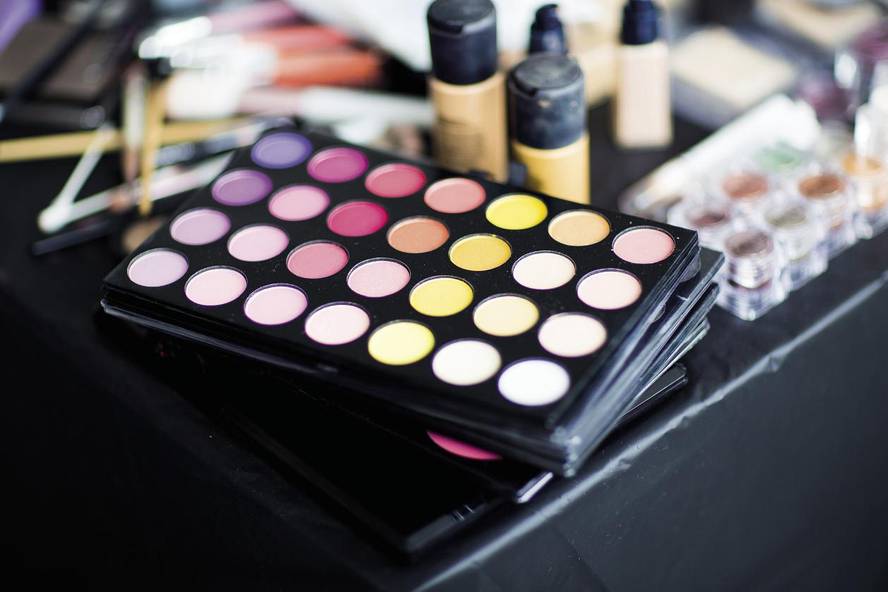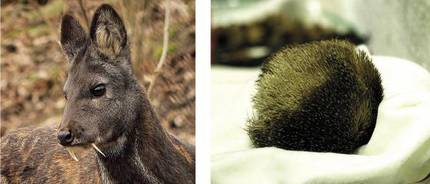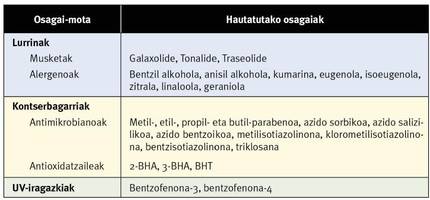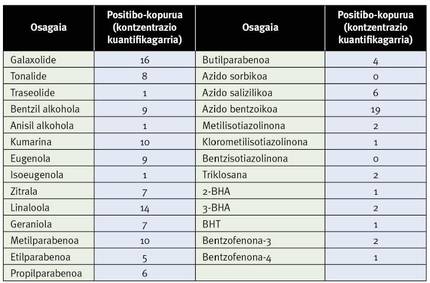Search for cleaner methods for cosmetic analysis
The first cosmetics used by man were perfumes, since smells can change or unconsciously guide our behavior. Things have changed a lot since then and the sophistication of the cosmetic industry has reached unthinkable levels. Today, the industry has more than 10,000 components for the manufacture of cosmetics and is a very important global market. Regulation 1223/2009 was established in 2009 in order to ensure the safety and effectiveness of cosmetic components. Among other measures, the regulation includes components that cannot be used in cosmetics and that have limitations of use: dyes, ultraviolet filters, preservatives, nanomaterials, etc. The doctoral thesis summarized below was carried out with the aim of developing new methods for the analysis of some of these components. In addition, these new methods were intended to be based on a more “green” analytical technique, i.e. cleaner: capillary electrophoresis.
What are cosmetics made of?
Aromas
Perfumes are composed of hundreds of aromatic chemicals: perfumes. Many aromas are found in very low concentrations, but all are important in the perception of the smell of perfume. In this thesis, substances with mussel odor and allergen aromas have been analyzed.
Mussel vapor is, in origin, a substance that was extracted from the glands of the musketeed deer (Moschus moschiferus) or a group of substances, more specifically, stricter. Today, the production of perfumery uses lizards of synthetic origin, both for ethical reasons –due to the massacres that caused the extinction of deer– and economic. The most commonly used are the second generation synthetic lizards, the polycyclic lizards, among which stand out Galaxolide, Tonalide and Traseolide.
In 2003, the EU identified 26 allergen scents. These substances should appear on the label when their concentration exceeds 0.001% in the case of permanent cosmetics, such as creams, perfumes, etc. and 0.01% for substances to be removed, such as gels and shampoos. Allergen aromas are very common in any cosmetic; surely if you take any cosmetic bath on the label you will see any of these names: anisilic alcohol, benzyl alcohol, eugenol, geraniola, limonene, linalool, coumarin, etc. These substances can produce contact allergies and other health problems and, to some extent, their effects are milder if the labeling of the products warns the presence of allergen compounds.
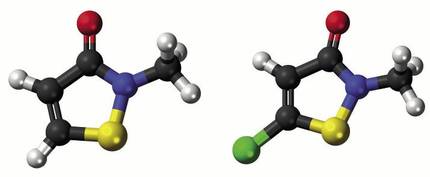
Preservatives
To ensure the stability of products preservatives are used which are added in many cosmetics, even in many other household products. Depending on their function, two types of preservatives are distinguished: antimicrobial preservatives, against microorganism damage, and antioxidants, against air and sun damage.
Within the group of antimicrobial preservatives, 4-hydroxybenzoic acid steres are well known. What do you not look like the name? The truth is that in cosmetics are called parabens. Parabens are broad-spectrum antimicrobial compounds, very common in cosmetics and personal care products. The EU Committees have insisted that parabens are safe if they do not exceed the limits established by the regulations, but are composed of bad reputation. In many cosmetics, phrases like “paraben free.” The analysis methods developed in the studies are appropriate for the study of parabens, as well as for the study of other preservatives such as organic acids, isothiazolinones, butyl hydroxyanisol, butyl hydroxitoluene, etc.
Ultraviolet filters
The third type of component analyzed in the thesis is that of ultraviolet filters. To avoid the serious damage that ultraviolet radiation can cause from solar rays, it is necessary to use cosmetic products such as sun creams to protect the skin. In the composition of solar creams there are compounds — UV filters — that prevent radiation from reaching the surface. In the EU 26 ultraviolet filters are authorized, among which benzophenones have been studied.
How to analyze selected components?
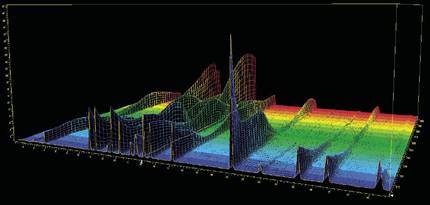
Close contact with cosmetic products makes it essential to control the safety of components and to develop analysis methods. In this sense, this thesis aimed to develop methods based on the analysis technique called Mizelar electrokinetic chromatography (MEKC) for the distribution and quantification of polycyclic carabiners, allergen aromas, preservatives and UV filters described above. The components selected for the analysis are collected in Table 1 and selected according to the degree of use and chemical groups.
The analytical technique used, MEKC, is a variant of capillary electrophoresis based on the migration of charged particles under the influence of electric fields. Methods based on capillary electrophoresis have the great advantage of being “green” methods. A very small amount of solvents is used in addition to water. If organic solvents are used, they are used in small concentrations and in each analysis nanoliters are consumed.
After selecting the components to be analyzed and the analysis technique, the first tests were performed. The provisional method of analysis of components was then proposed. Then the usual procedure in analytical chemistry was followed to obtain the definitive method. In the beginning it is important to identify variables that have a significant impact on analytical distribution, such as electric field intensities, distribution solution compositions, pH, etc. Once the variables were identified, they had to look for their optimal values through a multivariate experimental design and a chromatographic response function developed expressly. Once the variables are optimized, it is necessary to evaluate the analytical characteristics to obtain reliable results, with the most common being correct calibrations, linearity, detection limits and quantification, precision and precision.
The thesis developed three methods and the evaluation of analytical characteristics was appropriate in all cases. Once optimized and evaluated the methods were applied for the study of cosmetics. In total, 27 components were analyzed and 80 products were analyzed: perfumes, shampoos, gels, creams, soaps, solar products, air fresheners, etc. Table 2 presents an overview of the results obtained. It should be noted that sample preparation using these methods is very simple – it only requires dilution – so they are a good alternative to the methods used so far.
Conclusions and subsequent work
This thesis has developed and applied mekc-based analytical methods for the distribution and quantification of cosmetic components and other personal care products. It should be noted that it has been proven that all the products analyzed comply with Community regulations. Moreover, it has been shown that methods can be applied in more than one matrix and that developed methods are effective, reliable and simple. In total three new cleaner methods have been developed. This analysis technique offers ample possibilities for, among other things, quantifying a greater number of compounds and of different types at once and in lower concentrations. Future challenges.
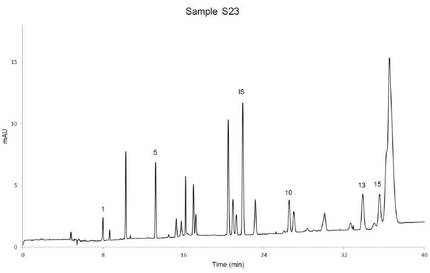
Bibliography
ACKNOWLEDGEMENTS
Thanks to the director of this thesis, Esmeralda Millán, professor of the UPV/EHU and other members of the analytical team. The thesis has been funded thanks to the support of the training of researchers from the Department of Education, Linguistic Policy and Culture of the Basque Government.



